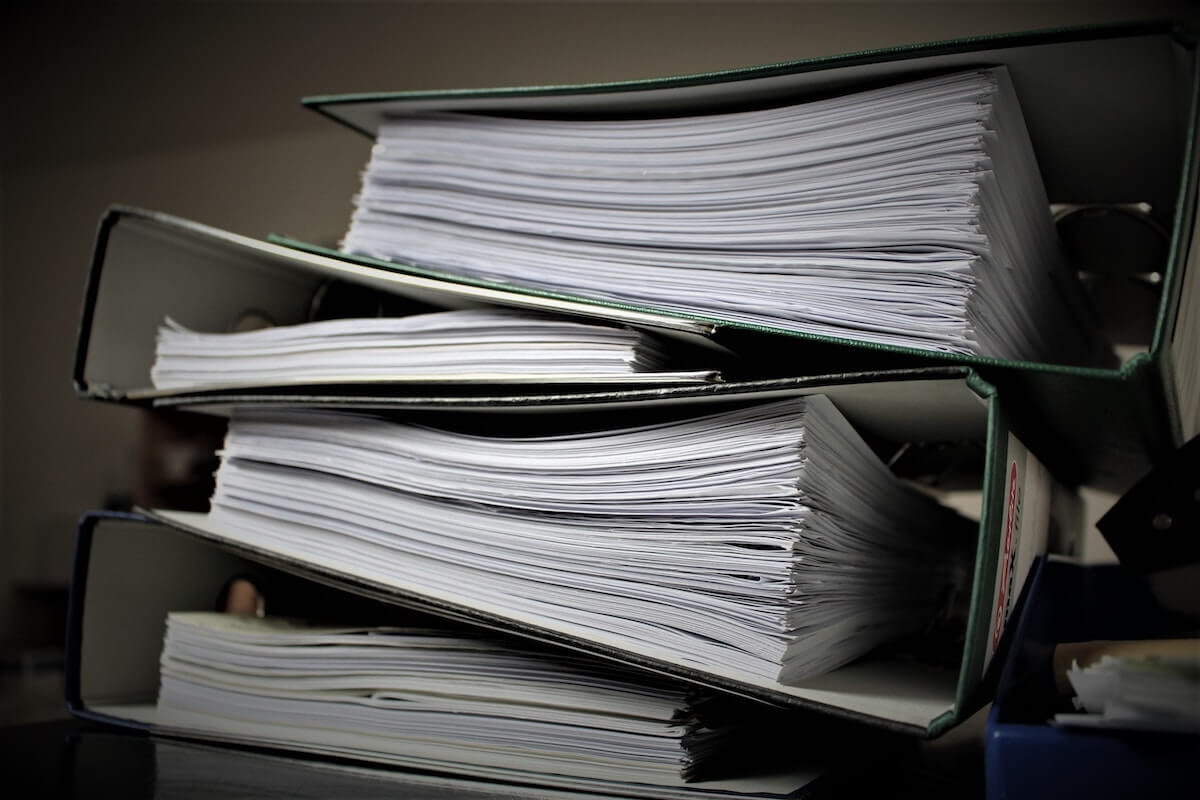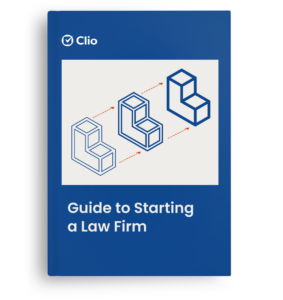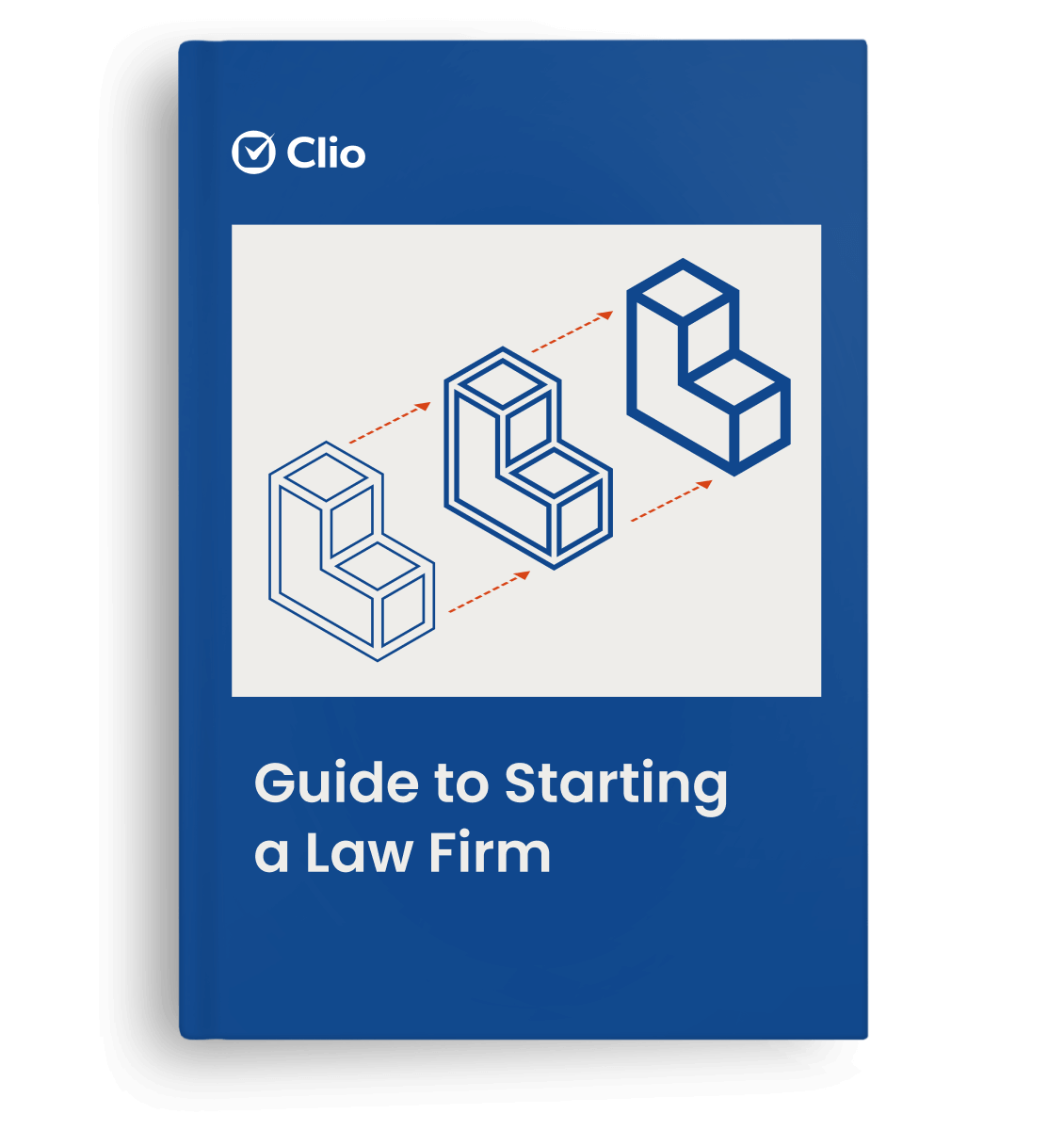E-discovery—the exchange of electronic information between parties during litigation and investigations—is becoming commonplace for today’s law firms. As a result, legal professionals who haven’t handled significant amounts of digital files in the past are adapting to new digital processes, becoming e-discovery lawyers with the right software.
The right e-discovery software for law firms can make your team more efficient with data collection and analysis, document review, and more during discovery—but so can a straightforward process.
So, when it comes to e-discovery for law firms, where is the best place to start?
We spoke with Aaron M. Crockett, an associate at Harrang Long P.C. in Portland, Oregon, and Erica G. Wilson, an attorney at Fisher Phillips in Pittsburg, Pennsylvania, about best practices for implementing effective e-discovery for law firms.
A note on the EDRM
The Electronic Discovery Reference Model, or EDRM, is a common starting point for putting together an effective e-discovery workflow. The EDRM lays out the e-discovery legal process from identification and preservation through processing, review, and analysis to the final presentation of information.
In a nutshell, here’s what that looks like:
- Identification: Look for sources or “custodians” of electronically stored information (“ESI”), and establish the scope, breadth, and depth of that information.
- Preservation and collection: Collect and ensure that ESI is appropriately preserved—in its native format, as much as possible.
- Processing, review, and analysis: Prepare the ESI for evaluation, review it to find relevant documents, and analyze it for content and context pertinent to the case.
- Production: Produce ESI for others in a usable format and deliver it via appropriate mechanisms.
- Presentation: Present ESI at hearings, depositions, or wherever you need.
Familiarizing yourself with the EDRM when structuring your e-discovery process is a great place to start. However, it’s also worth considering specific tactics to help you achieve your goals at each stage.
Our discussions with Crockett and Wilson focused on what e-discovery looks like at the start of a matter, when gathering ESI, and when conducting the review process.
Prepping for discovery at the outset of a matter
When approaching a new matter, Crockett advises planning ahead for discovery. “Start talking to the client about collecting and analyzing data at the outset of the matter, perhaps even in the first meeting.”
Consider what information will be most helpful
Start by examining the allegation or cause of action. Ask yourself:
- What elements are needed to prove or disprove the assertions?
- What facts might lend themselves to each element?
- Who might be in possession of such evidence?
Use these answers to guide your collection and analysis, keeping an eye out for any new questions or issues that arise along the way.
Properly preserve new evidence
Early discussions with your clients can also help avoid the spoliation of electronic evidence, which can result in disastrous—sometimes case-dispositive—sanctions. A preservation letter sent to the opposing party early on can also put them on notice of the need to preserve potentially relevant evidence.
You may like these posts
Gathering data for the e-discovery process
Here are a few tips for setting up a streamlined system when gathering ESI or data.
Tailor your requests
When crafting a request for production of documents, Wilson explains, “start with tailored requests.”
I don’t want the universe to be produced. Restrict requests by dates and custodians. If two businesses have been working together for 30 years and the dispute started in 2016 in the HR department, do you really need ‘all documents, including but not limited to chiseled stone and ephemeral data, sent, received, created, or obtained by XYZ Inc. related to ABC Corp.’?
Align requests with your chosen review platform
Much of the heavy lifting during e-discovery for law firms takes place during the review. Therefore, it’s essential to have your review platform and process in mind from the outset.
When creating requests, Wilson also customizes the request to the review platform. “I’m drafting the technical aspects of the discovery requests tailored to the software the data will go into,” she explains. “We use two cloud-based software programs with different pricing models and I pick among them based on expected cost and features.”
Ask for native documents
Dealing with native documents when collecting and requesting evidence—rather than imaged versions created by the producing party—reduces data size and cost.
“Letting opponents process native data into images for you leaves you beholden to their processes. It can create delays and data loss when you try to shoehorn their processing into your system,” Crockett explains. Using native documents “takes a shortcut around many of the logistical pitfalls that have plagued electronic discovery for decades.”
“Moreover,” Crockett adds, “native data contains far more potentially irreplaceable evidence in its metadata.”
Be aggressively reasonable
Well-tailored requests can significantly reduce the burden of review in e-discovery. Plus, being “aggressively reasonable,” as Wilson describes it, can be helpful later on.
“If you end up having to move to compel something, it’s a lot easier to justify a demand for a six-month period of emails than to explain why you didn’t really mean the defendant should produce its old Telex records.”

Conducting the review
Begin with the end in mind
When setting up the review process, start by working backward. This way, you’ll know exactly what you’re looking for. You’ll also have a clear idea of what you want to accomplish at the end of your review.
Your goals will greatly inform your process. For example, if you’re reviewing documents for attorney-client privilege, work product, confidentiality, or responsiveness, generate searches and document tags focused on these topics.
Your tags allow you to code the documents in your review set by responsiveness, privilege, or issue, for example. If you’re reviewing documents to prove disputed facts, you should key your searches and tags to those issues.
Tip: Save yourself time and effort by testing your searches at the outset to ensure they are effective.
Centralize your review process
Taking the time to implement a streamlined e-discovery law firm process greatly aids with review.
“We have evolved from the old model, where every attorney handles discovery in their cases on their own, to a more efficient and sophisticated centralized operation,” Crockett says. Communication and training, standardized processes across cases, and the right e-discovery tools are essential for such a system, he explains.
“Centralize your document discovery operations under a designated lead with sufficient technical knowledge,” Crockett suggests. “Too-many-chefs syndrome leads to ad-hoc process fragmentation, delay, error, and missed opportunities.”
Cut down on what you need to review, and organize what’s left
Narrow the range of documents for review during e-discovery by identifying swaths you can cull out. These could be spam, personal documents, file types with no content—anything that isn’t relevant to the review.
Similarly, focus your review by segmenting and prioritizing documents by custodian, potentially privileged documents, or using search terms. Finally, when creating your tags, think about the output. Use tags to identify which documents will be included or excluded from the production.
Using e-discovery software
When it comes to e-discovery for law firms, using Ctrl+F to find what you need won’t cut it. However, the process also shouldn’t require break-the-bank technologies and vendors.
Fortunately, many e-discovery software solutions available today eliminate the need to choose between painful manual reviews or incredibly expensive discovery technology.
How to choose an e-discovery software for your law firm
As with any potential new technology you’re considering for your practice, selecting the best e-discovery software requires careful thought. You must ensure it’s compliant with your jurisdiction’s rules, and weigh a variety of key factors.
Consider the following when choosing e-discovery legal tools:
Your firm’s needs
Before you can look at any particular solution, you first need to identify where your firm currently stands when it comes to e-discovery. What processes are working, and where are you losing time or making errors? What pain points would you love to alleviate in your discovery workflows?
Service features
You can look for automation features for e-discovery, specific search capabilities, document tagging functionality, data analytics and more. Once you have a clear picture of what you’d like to get from a potential e-discovery software, you can look for options with features that are able to check those boxes and support your firm’s e-discovery process for the long-term.
Integrations and compatibility
Ideally, your chosen e-discovery software solution will be compatible with your firm’s existing tech tools. Cloud-based e-discovery software for law firms may offer useful integrations with other cloud-based legal tech options that your firm uses, like Clio, for example—allowing you to save time and create more efficient workflows.
User experience
From set-up to implementation, it’s important that any e-discovery software is easy to use so your team can get the most value from it. Training resources can be helpful, and you can also look for free trials and demos to help you evaluate if it’s a fit before you decide.
Customer support
In a similar vein, evaluate the scope of a provider’s customer support. Specifically, if you have a question or need help down the line, will the provider be able to assist quickly and effectively? Ask about both live support and resources they may have for self-guided troubleshooting. Be sure to also check on the potential provider’s reputation, reviews, and experience in the e-discovery legal space.
Budget
Budget matters, but that doesn’t necessarily mean you should go for the cheapest option you can find. Consider a potential e-discovery law software provider’s pricing models (including any potential hidden costs), and weigh the potential time- and cost-saving benefits in comparison.
Security
Data security is critical for law firms, and it’s imperative that any e-discovery software for law firms is able to protect client information and data—so be sure to carefully vet potential providers for their security standards, practices, and safeguards.
You can learn more about data security for law firms here.
Technology has made the e-discovery process easier for law firms
Consider a case requiring the review of 30,000 emails. Under a traditional, manual approach to discovery, attorneys would click through those documents individually. At a rate of $250 an hour, the cost of reviewing these documents will grow exponentially.
Such expenses may be so high that clients simply refuse to pay for them. The resources needed to conduct the review would be so great that many firms couldn’t handle it.
E-discovery automation, including deduplication technology and smart filtering—such as limiting documents by date range or focusing on only those containing specific keywords—could eliminate the need to review up to 95% of the 30,000 emails mentioned above. That would leave only 1,500 documents to evaluate—and a much more palatable bill for the client.

Final notes on e-discovery for law firms
With a clear e-discovery process and effective discovery tools, any legal professional can start mastering digital evidence, turning it from a potential burden into an advantage.
To sum up:
- Think about discovery from the beginning. At the outset of a matter, consider what types of ESI you’ll need and ensure it will be properly preserved.
- Ask for native documents. Reduce delays and data costs by requesting native documents rather than imaged versions.
- Invest in the right tools. Cloud-based e-discovery software for law firms can keep discovery costs from ballooning, making it manageable for firms of all sizes to handle large amounts of data.
Interested in how you can use technology to streamline more court interactions? Learn more about how technology is changing the way court documents are created and filed.
What is eDiscovery?
Electronic discovery, also known as eDiscovery or e-discovery, involves obtaining and exchanging evidence electronically in a legal case. eDiscovery is often used in the initial phases of litigation when involved parties are required to provide records and evidence related to the case.
How do I use eDiscovery?
There are many eDiscovery tools to support legal professionals with processing, reviewing, tagging, and producing electronic documents in their case or investigation. It’s integral that your legal practice management software can integrate with eDiscovery tools, so your work processes are streamlined and efficient.
We published this blog post in July 2018. Last updated: .
Categorized in: Technology







